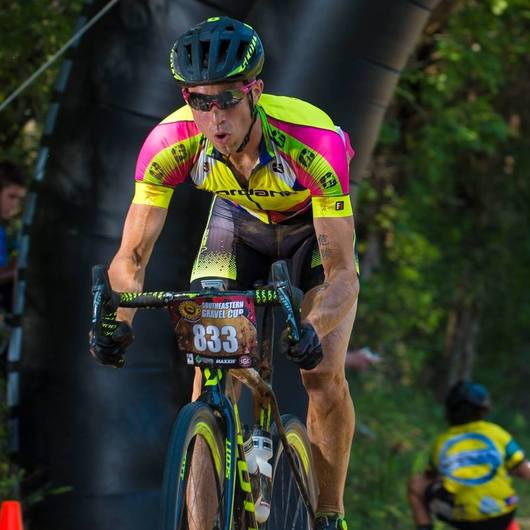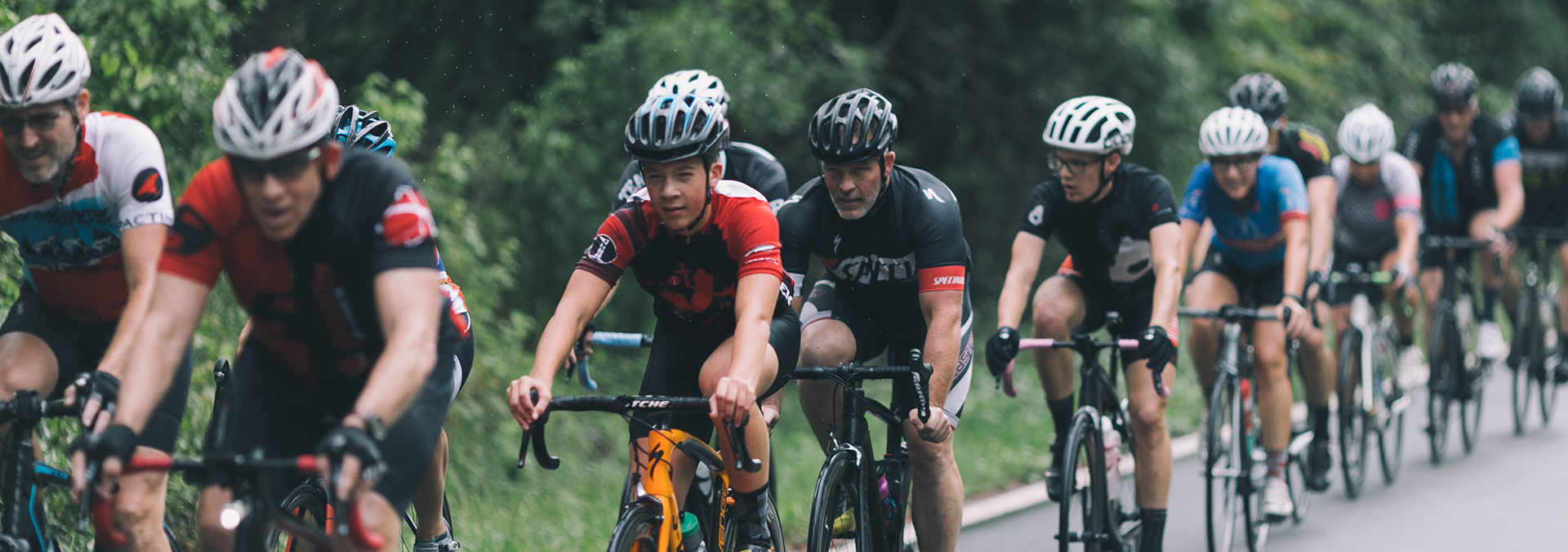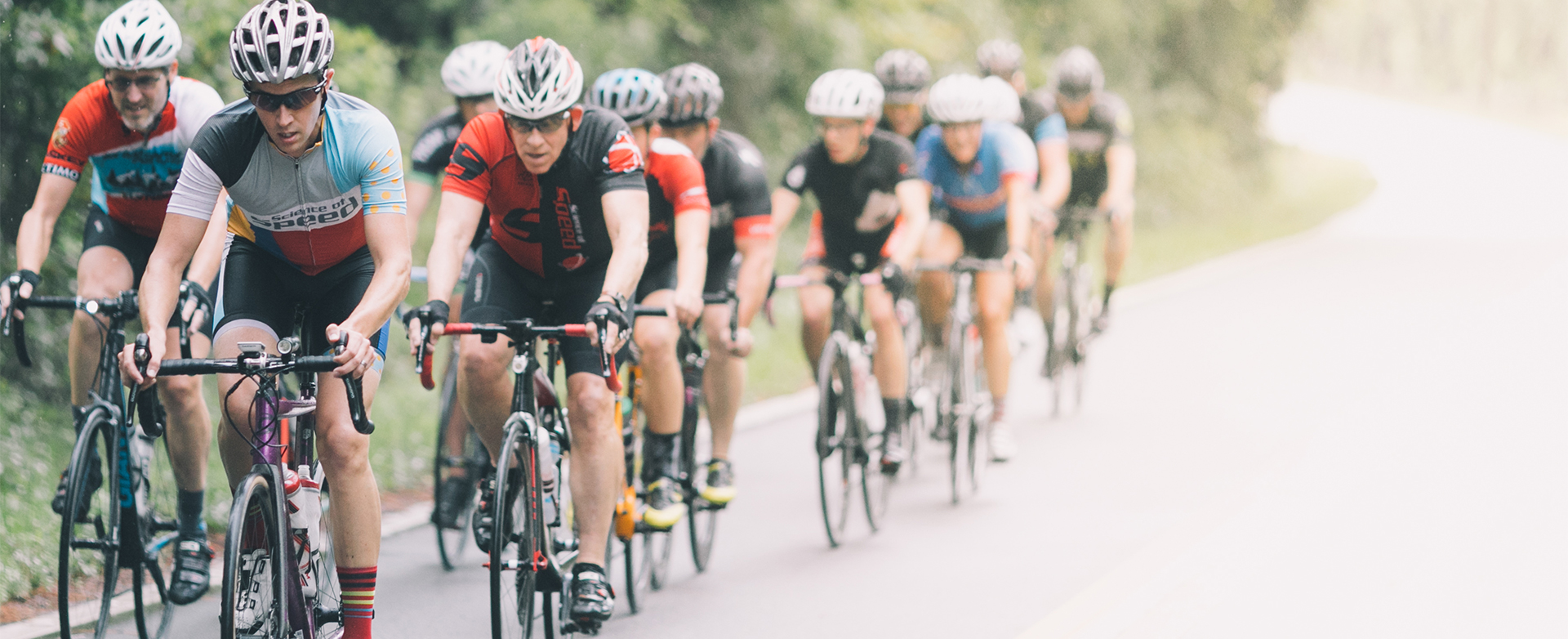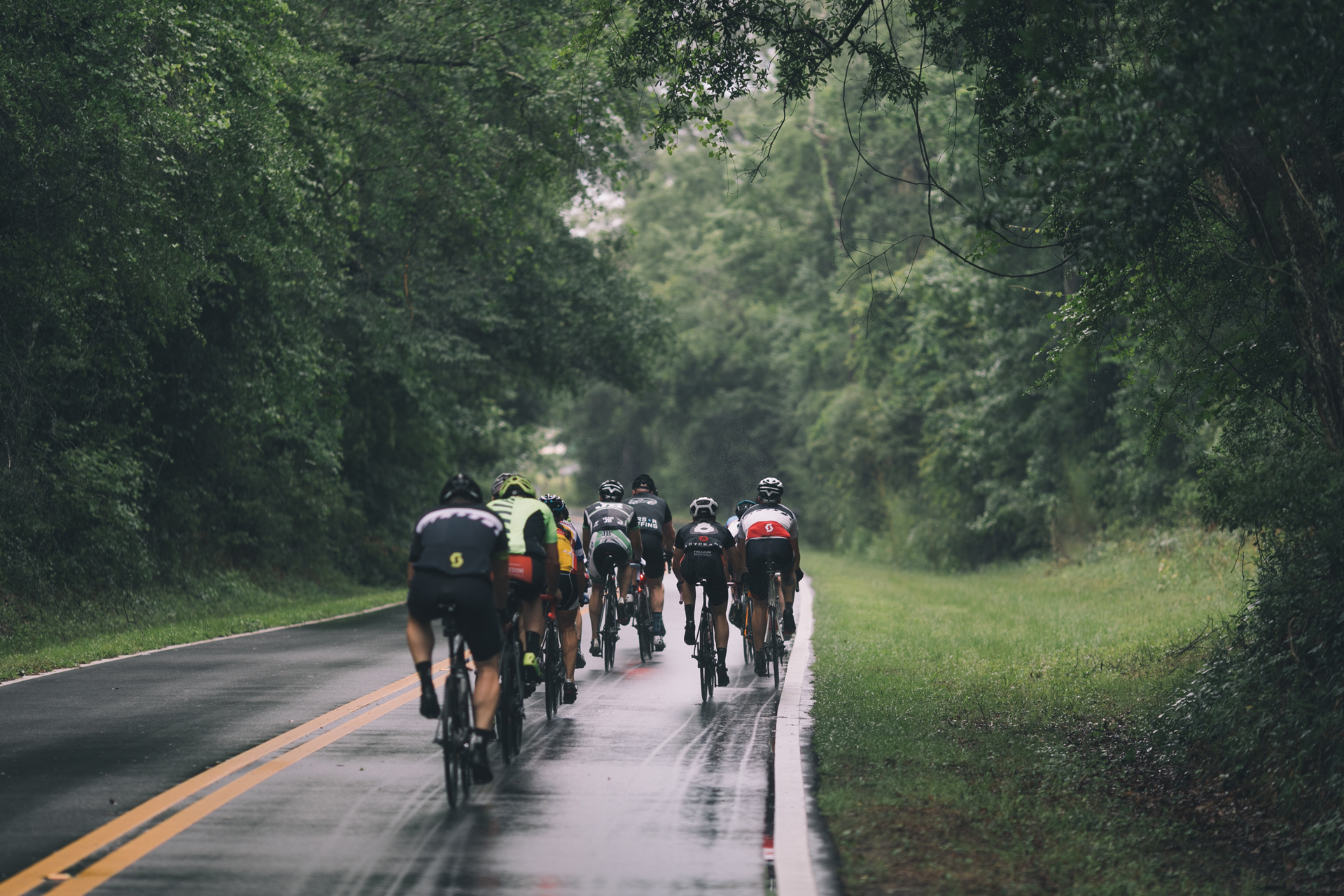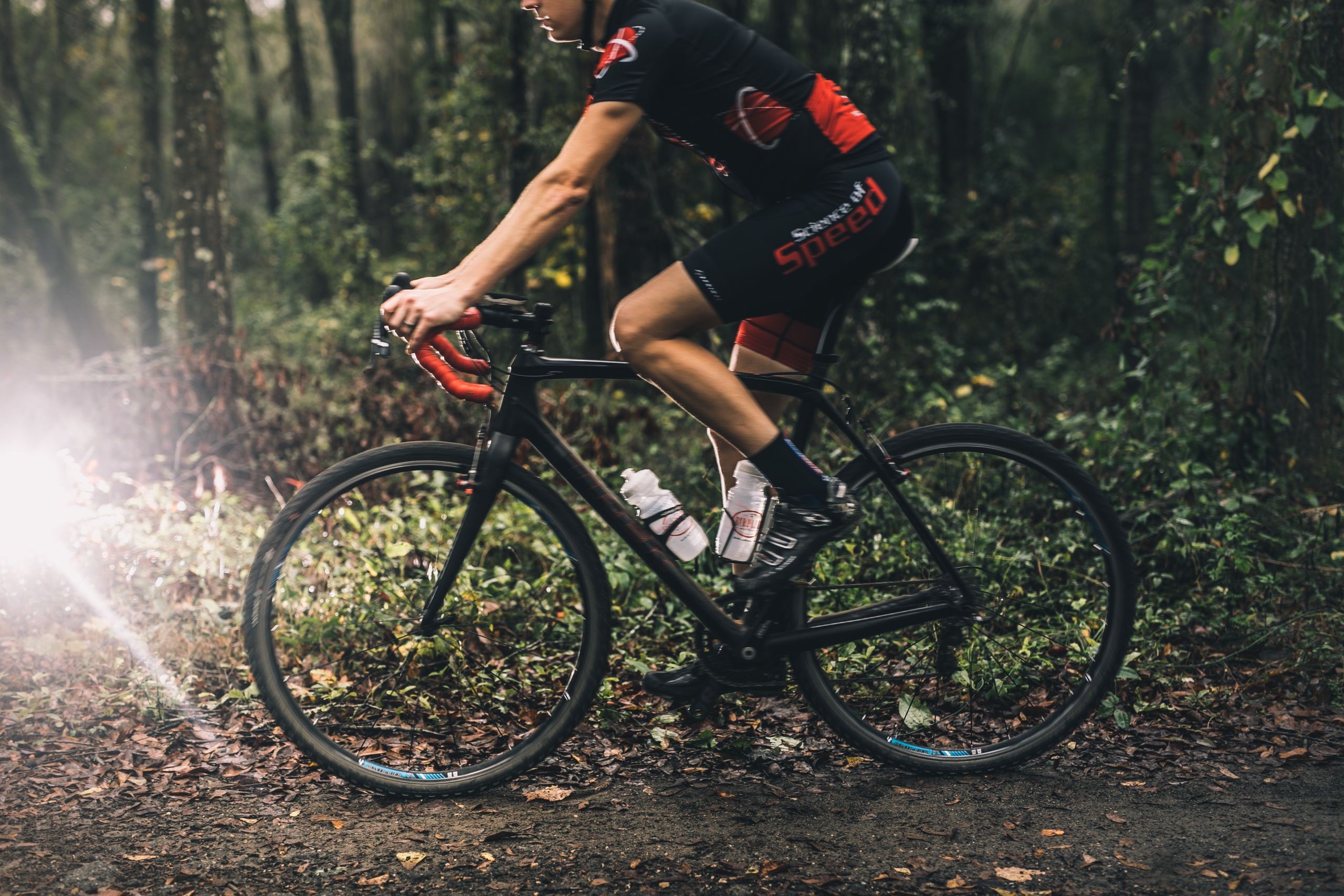In a recent article posted by Triathlon.com there was discussion of a mid-sole cycling cleat placement in cycling shoes. This mid foot cleat placement is nothing new to the cycling world. It has been an idea for decades now and has resurfaced many times as the latest and greatest thing for bicycling performance. It seems strange to think about having a cleat in the middle of your foot, mostly because fore foot cleat placement has been the only thing many cyclists have ever witnessed.
The article sings the praises of mid-foot cleat placement, and there are benefits, but there are also a few key details that are a detriment. We are going to break this down into several key areas include Fit and Function.
BIKE FIT
At Science of Speed, we live and breathe bike fit, so we will begin there! Mid cleat placement does have merit when it comes to bike fit. The calf muscles do not provide much benefit, regarding propulsion on the bike but act more as a stabilizer for the ankle. We will even place cleats further back on shoes of riders with larger feet to help reduce the lever arm, and ultimately reduce calf strain. With a mid-foot cleat placement you will reduce this more significantly and only moderately utilize the calf for stabilization which should ultimately result in fresher calves for run propulsion.
This mid-foot cleat placement will also result in a lower seat height. As you reduce the impact that “ankling” plays on total leg extension. This, with changes made in cockpit setup will result in a smaller frontal area and mean a slightly more aerodynamic position. Which, in a world of marginal gains, this could result in sizable increases in aerodynamics.
As we have not personally tried this mid-foot cleat placement, the one thing we are uncertain of is, how does it fit, feel and function as a rider is out of the saddle climbing? This may be a position that is more suited for a flat, straight and fast course. If there is that big of a benefit, we believe that professional cycling teams who focus on the small areas, such as Ineos, would have shoes for riders with mid-foot placement for time trials, and forefoot placement for climbs and technical courses where safety would be a concern.
FUNCTION
Unfortunately, in this article, normalized power is misrepresented. This is not so much a representation of “efficiency” with reference to the benefit of your position, but a representation of a rider’s smoothness on the ride. Normalized power is an algorithm that is designed to quantify the stress that accelerations create on the body and therefore shows a higher number if a file has more accelerations. With course, conditions and fitness all being the same, average power would be a better representation of whether the cleat placement did result in statistically significant power outputs.
It pains me to see that the shoe manufactures are demonized in this situation. This lack of adoption of mid sole could be because it has the potential to be very dangerous. If you have ever heard of toe overlap you understand why mid-foot cleat placement can be, not only a scary thing, but a dangerous thing. This toe overlap impacts your ability to pedal through corners and not clip your front wheel with your shoes. With current bicycle geometries, fore foot cleat placement this is a small issue, but by sliding your foot forward on the pedal you are now putting the ball of your foot into the front wheel when your pedal is in it’s forward most position and turning what was once a small problem, into a major safety concern.
Lastly, in regard to functionality we have to touch on the triathlon specific area that may not have been considered. Transition. If you run through transition with your cycling shoes you have either personally fallen or witnessed someone else fall because of how slick cycling cleats are. Now you are going to be either, skating on the cleats, or feel like you are trying to walk on stilts as you are perched upon your Look, Shimano, or even scarier, Speed Play cleats.
As you weigh the advantages and disadvantages of a mid-foot cleat placement and make your decisions, please keep in mind three key factors of entry. First and foremost is the price. Just like anything, being an early adopter of a product, theory or technology, you will pay more. In this case the “more” could be upwards of $1500 in some circumstances. You can also expect there to be a bit of a learning curve (no pun intended) when it comes to cornering as you learn what your new limitations are. Last, but not least, assess the potential benefits of this cleat placement and will it compensate for you factors that could arise in transition. If you are not racing for the win, running the entire run leg or comfortable and confident handling a bike, it may not be the best option for you.




